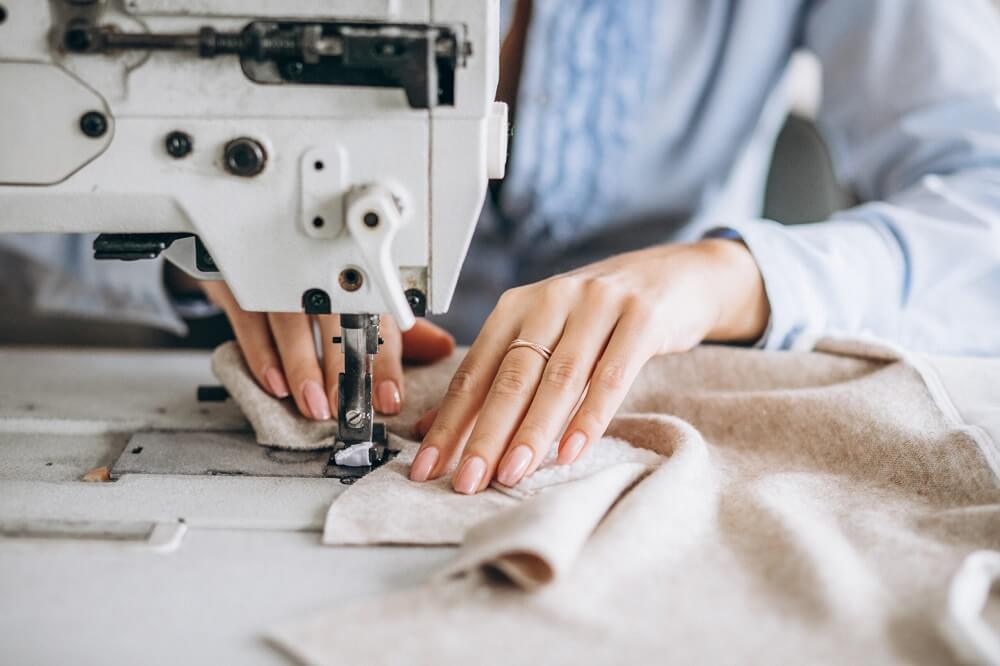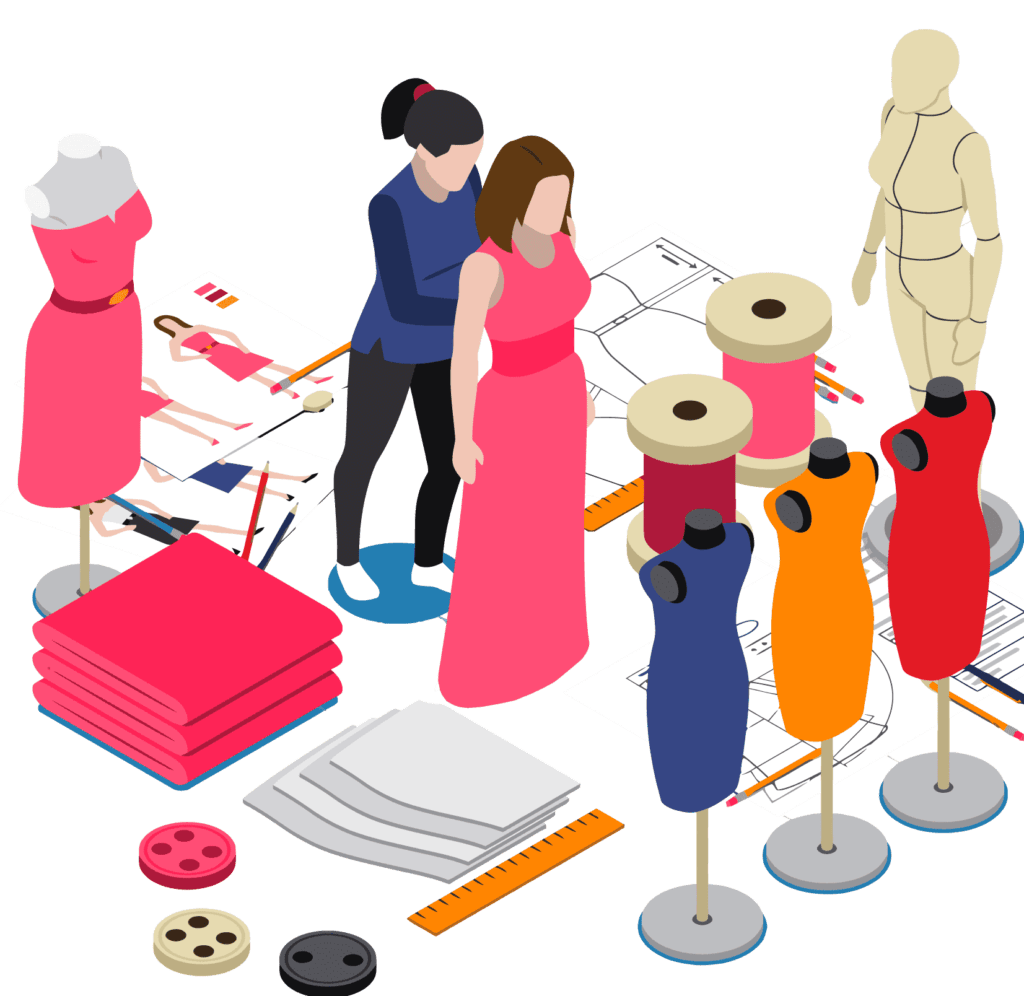Understanding the Tailoring Process: From Fabric Selection to Last Fitting for the Suitable Wardrobe
The tailoring process is a complex interaction of art and science, beginning with the crucial decision of textile option and finishing in the exact modifications of final fittings. Each textile type brings distinct qualities that affect not just the aesthetic appeal but likewise the garment's longevity and viability for numerous events. Comprehending the subtleties of tailoring techniques can boost one's closet to unprecedented degrees of refinement. As we explore these aspects even more, one have to consider just how even the tiniest information can considerably affect the overall end result of one's personal design.
Value of Fabric Selection
Picking the best material is important in the customizing process, as it directly affects the convenience, toughness, and overall visual of the last garment (tailor perth). The selection of fabric sets the structure for the garment's performance, capability, and style. Various materials have unique homes, such as weight, breathability, and stretch, which can significantly affect exactly how the garment drapes and fits the body
Moreover, fabric choice impacts the garment's durability and ease of treatment. High-grade materials can stand up to damage, preserving their look and framework with time, while lower-quality products may cause pilling or fading. Furthermore, the right fabric adds to the garment's capacity to change across periods and occasions, consequently improving adaptability.
A customized piece made from a proper material not only showcases workmanship but also boosts the user's confidence. Comprehending the nuances of textile choice is critical for any tailoring undertaking. It makes sure that the final product not just meets the aesthetic wishes of the customer however likewise straightens with useful needs, consequently achieving an unified balance in between kind and function in the tailored closet.
Sorts Of Fabrics and Their Usages
Comprehending the different types of textiles offered is vital for making educated decisions during the customizing process. Each textile possesses unique attributes that determine its suitability for certain garments and occasions.
Its flexibility permits it to be tailored right into every little thing from shirts to gowns. Its all-natural elasticity aids garments keep form over time.
Silk radiates high-end and is light-weight, making it perfect for eveningwear and delicate shirts; nonetheless, it calls for mindful handling due to its delicacy. Bed linen, with its textured surface, is a prominent option for warm climates, supplying a crisp and airy feeling, yet it wrinkles conveniently, which might influence the garment's look.
Artificial textiles, such as polyester and nylon, deal durability and resistance to wrinkles, making them suitable for daily wear and energetic apparel. Understanding these fabric types and their buildings permits better decision-making, guaranteeing that each tailored item not just fits well yet additionally aligns with the intended objective and celebration.
The Tailoring Methods Described
The art of customizing depends on a selection of methods that transform fabric right into well-fitted garments. Central to this procedure is pattern drafting, where a dressmaker develops themes based on the client's dimensions and wanted design. This preliminary step ensures that the garment sites will certainly fit the user appropriately before any reducing happens.
When patterns are developed, cutting techniques enter play. Precision is paramount as inaccuracies can result in misfitting garments. Tailors commonly use various reducing methods, such as single-layer cutting for intricate designs and multiple-layer cutting for effectiveness on standard patterns.
Basting is an additional important method, allowing dressmakers to temporarily sew material assemble for a preliminary installation. This method uses the chance to analyze the drape and general silhouette prior to last stitching.
Seaming techniques, consisting of flat-felled seams and French joints, boost the garment's resilience and visual appeal. Tailors likewise employ methods such as interfacing and extra padding to supply structure and shape go right here to details areas, like shoulders and collars.
Lastly, ending up techniques, consisting of hemming and side finishing, make sure the garment's longevity while offering a refined appearance. With each other, these techniques create the backbone of reliable customizing, resulting in exquisite, custom-fit apparel.
Suitable Changes and Considerations

Secret factors to consider include the shoulder fit, which should neither droop neither restrict movement, and the sleeve size, which should permit comfy arm motion while keeping a sleek appearance. Additionally, adjustments at the waist can improve the silhouette, with alternatives to let out or take in textile as needed.
The rise of trousers is an additional crucial factor; it needs to sit comfortably over the hips without creating discomfort, allowing for convenience of motion. Hemming sizes for both pants and skirts ought to reflect the user's favored design while appreciating proportions.

Maintaining Your Tailored Clothes
Proper maintenance of tailored garments is vital to maintaining their fit and look with time. To ensure durability, normal cleansing is extremely important. Constantly adhere to the treatment tag directions, which might suggest dry cleaning for delicate fabrics or maker cleaning for even more long lasting products. Prevent regular laundering, as this can use down the textile and modify the garment's form.
Storage is equally important; usage cushioned wall mounts for coats and coats to keep shoulder framework, and store trousers folded up nicely or hung to stop creasing. Secure garments from direct sunlight, which can discolor colors and damages fibers.
Furthermore, periodic evaluations for minor repair work can avoid bigger concerns. Look for loose buttons, fraying joints, or indications of moth damage, dealing with these problems without delay to keep the garment's integrity.
Last but not least, check take into consideration seasonal turning. Using tailored items in moderation allows materials to recover, expanding their life-span. By applying these upkeep strategies, you can ensure that your tailored garments continue to be as beautiful as the day you first used them, enhancing your perfect closet for years to find.
Final Thought
The tailoring procedure, encompassing material option, competent techniques, and exact suitable modifications, plays a critical duty in developing garments that boost both comfort and style. Comprehending the value of maintenance prolongs the life of tailored garments, solidifying their worth in a well-curated closet.
Selecting the ideal textile is critical in the customizing procedure, as it directly influences the convenience, longevity, and general aesthetic of the final garment. The selection of material sets the structure for the garment's performance, performance, and design. Various materials possess distinct homes, such as breathability, stretch, and weight, which can significantly influence exactly how the garment drapes and fits the body.
The art of tailoring depends on a range of methods that change material into well-fitted garments.The customizing process, incorporating textile option, proficient techniques, and accurate fitting changes, plays a crucial function in developing garments that boost both comfort and design.